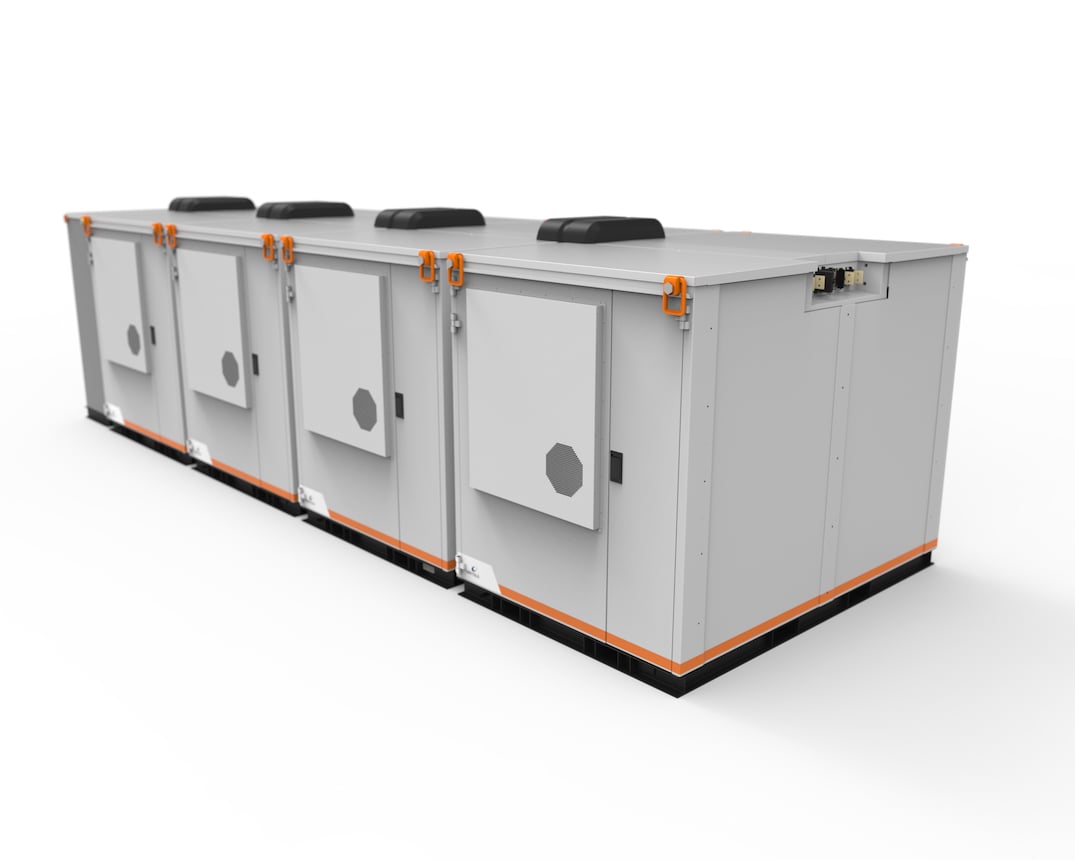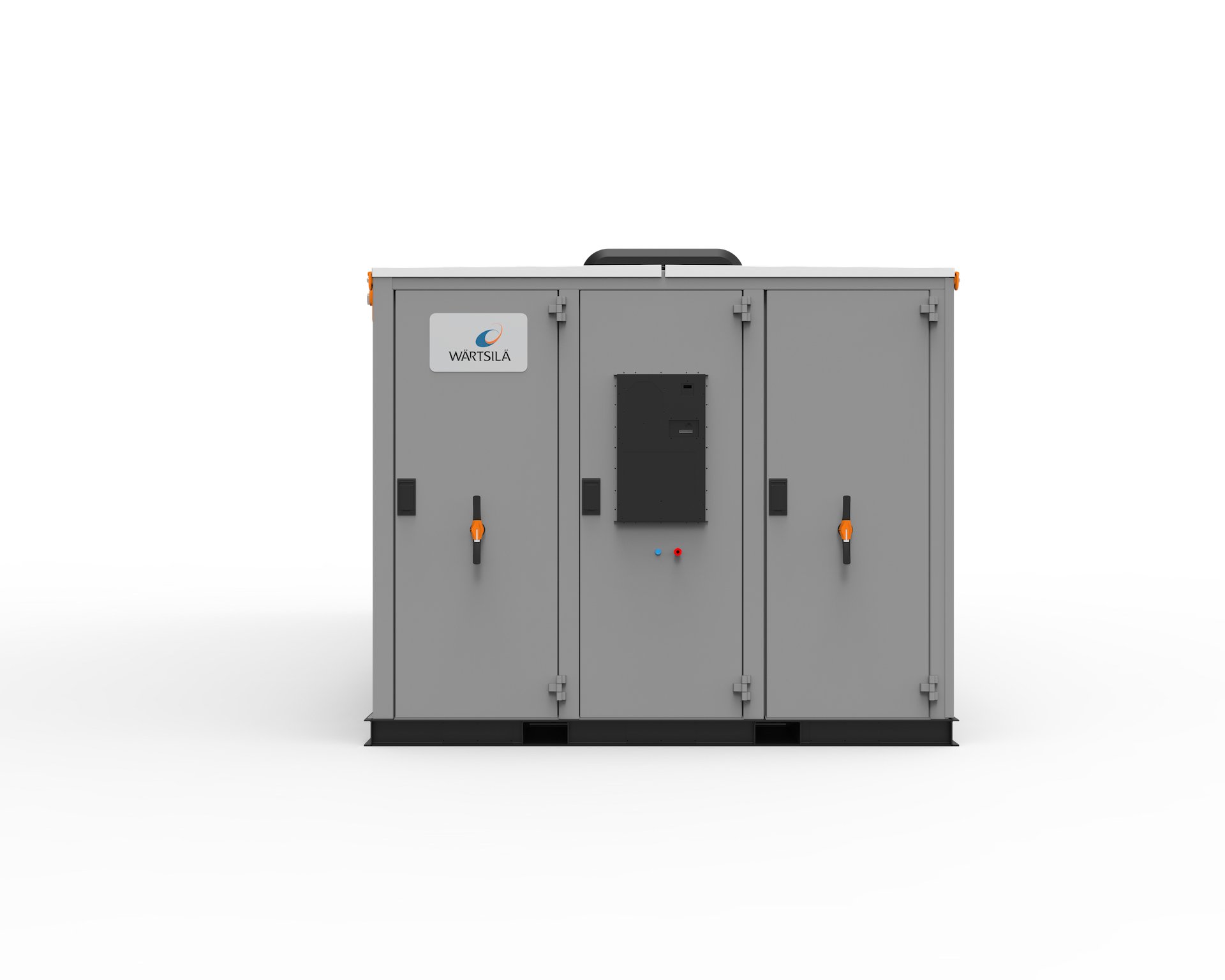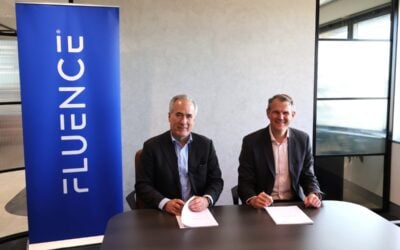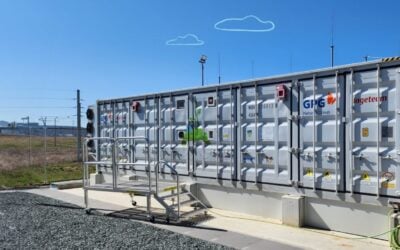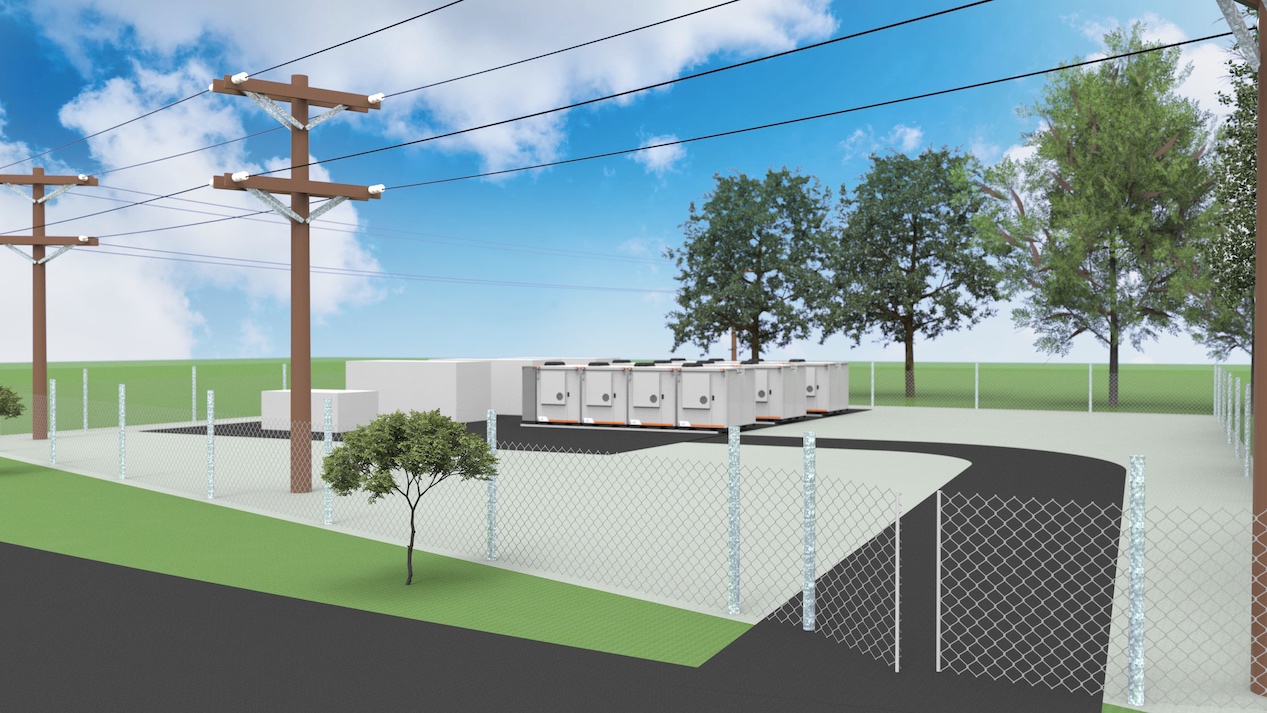
Wärtsilä Corporation launched its newest modular energy storage system solution at a ‘critical municipal infrastructure’ project performing grid services and reducing peak demand for a city in Virginia, US.
The company said that the first project to be announced using the just-released Wärtsilä GridSolv Quantum energy storage system will serve the City of Martinsville in Southern Virginia, reducing transmission and capacity peak values while also participating in PJM Interconnection frequency response market opportunities.
Enjoy 12 months of exclusive analysis
- Regular insight and analysis of the industry’s biggest developments
- In-depth interviews with the industry’s leading figures
- Annual digital subscription to the PV Tech Power journal
- Discounts on Solar Media’s portfolio of events, in-person and virtual
Like rivals Fluence and Powin Energy, which have both released the latest iterations of their energy storage system products in the past few months, Wärtsilä said its new systems are modular and compact, as well as being designed to facilitate easy deployment.
Wärtsilä senior business development manager John Hoeft told Energy-Storage.news that the system to be supplied for its customer in Martinsville, AEP OnSite Partners, will be 9MW / 15.6MWh, allowing the city’s municipal electric supply and distribution utility to reduce peak demand by 9MW.
The city’s transmission network sits within the territory of regional transmission operator (RTO) Appalachian Power and independent system operator (ISO) PJM. It is anticipated the project will allow the city to make “substantial savings” on its electricity system costs, Wärtsilä claimed. The project is scheduled for completion in the second half of next year.
As well as delivering the battery energy storage system (BESS), Wärtsilä is the project’s engineering, procurement and construction (EPC) partner, and the deal with distributed energy project company AEP Onsite Partners includes a 10-year guaranteed asset performance agreement. Wärtsilä has also offered further guarantees and commitments to the customer including capacity and availability and Performance score within PJM’s markets.
“This innovative storage solution is precisely what we needed to deliver solid operational and financial benefits for the City of Martinsville,” AEP Onsite Partners chief operating officer Joel Jansen said.
“The installation will enable us to help the City offset peak load periods and more effectively manage their overall energy usage and costs as well as their reliance on traditional peak energy resources.”
As with previous Wärtsilä energy storage systems, GridSolv Quantum runs off the GEMS energy management software that the company took on when acquiring US energy storage software and project specialist Greensmith Energy a few years ago, with Greensmith now fully part of the Wärtsilä Corporation.
Referring to the modular and scalable nature of the GridSolv Quantum system as well as forthcoming project pipelines, Wärtsilä’s John Hoeft said that the “scale of projects [for which] Wärtsilä will deploy this same system includes several hundred MWs and over a gigawatt-hour.”
“The growth in battery storage is the next step in achieving 100% renewables,” Hoeft said, offering thanks to customer AEP OnSite Partners team: “…for trusting Wartsila to deliver this critical municipal infrastructure project with the City of Martinsville, Virginia”.
Fire safety credentials of battery agnostic solution
The company has also touted the safety credentials of the new systems: they are compliant with National Fire Protection Association (NFPA) Code 855, including having undergone fire testing under UL 9540A for thermal runaway.
Wärtsilä’s John Hoeft said the “adoption of NFPA 855 in the industry is an important step” and that the company “will continue to work with the local authorities having jurisdication (AHJ’s) to comply”.
Nick Warner, founder of energy storage fire safety expert organisation Energy Storage Response Group (ESRG), told Energy-Storage.news in an interview this week that around 10 or 11 US states adopt NFPA codes in their entirety.
However, while NFPA 855 will not be a legally binding code across the entire US, as the most advanced and comprehensive set of guidelines available today, the code will most likely inform the International Fire Codes, which are then adopted across 38 more states. In other words, Warner said, NFPA 855 ultimately becomes part of the “law of the land,” if not in name.
In terms of battery technology, GridSolv Quantum is battery agnostic. John Hoeft said Quantum is “currently designed with high-density capacity lithium-ion lithium iron phosphate (LFP) battery technology with optimised battery management systems (BMS). As other battery or cell technology becomes more favourable for industry use cases, Wärtsilä is well positioned to flex to that solution,” Hoeft said.
